Supinator muscle
Table of Contents
Description
The supinator muscle is a short, thick muscle located in the posterior compartment of the forearm, just above the wrist. It runs from the lateral epicondyle of the humerus (the bony bump on the outer elbow) to the proximal end of the radius (the smaller of the two forearm bones). The main function of the supinator muscle is to supinate the forearm, which means to turn the palm of the hand upwards or towards the ceiling.
The supinator muscle is innervated by the radial nerve, which also supplies other muscles in the forearm, such as the extensor muscles. Injuries or damage to the radial nerve can affect the supinator muscle and result in weakness or paralysis of supination.
Supinator muscle curls near the proximal part of the radius, and associate it with the ulna. After that, the muscle crosses the sagittal axis of the hand. Its unique antagonist is the pronator quadratus muscle which rotates the radius internally, producing the opposite motion of pronation.
Structure
- The supinator is made up of 2 planes of fibers, in the middle of which the deep branch of the radial nerve ls.
- The 2 planes originate in usual — the superficial one by tendinous (the first part of the muscle is actually just a tendon) and the deeper muscular fibers —
- As lower as the insertion of the pronator teres.
- The anterior aspect of the superficial head is identified as the arcade the supinator arch.
Origin and insertion of Supinator muscle
- The wide supinator muscle is made up of superficial and deep layers.
- These layers vary only in their mode of attachment; the superficial layer originates by tendinous fibers, while the deep layer aries with already formed muscular slips.
- Both layers aries from the same landmarks.
- The muscle muffle (spirals) surround the proximal 3rd of the radius, inserting into the upper third of its lateral, posterior, and anterior surfaces.
Relations
- The supinator muscle is established deep in the hand, superficial to the portion of the radius and ulna above which the muscle is situated. Along with the brachialis muscle, it creates
- The floor of the cubital fossa. Extensor carpi radialis brevis and longus muscle shield the muscle’s radial side, and the inferior part of the anconeus muscle overlies it from the ulnar part.
- The deep branch of the radial nerve provides the posterior interosseous nerve just proximal to the supinator muscle.
- The nerve then passes in the middle of the muscle’s superficial and deep heads to enter the extensor compartment of the forearm.
- In rare cases, an inconsistent fascial band identifies the oblique cord passes over the deep head of the supinator.
- The cord connects the radius and ulna by extending in the middle of the ulnar and radial tuberosities.
Innervation
The supinator muscle is primarily innervated by the radial nerve, which arises from the posterior cord of the brachial plexus. Specifically, it receives its innervation from the deep branch of the radial nerve (also known as the posterior interosseous nerve), which arises from the radial nerve just below the elbow joint. The deep branch of the radial nerve courses through the supinator muscle, supplying it with motor fibers that allow it to contract and perform its role in the supination of the forearm.
Blood supply
- The superficial and deep layers of the supinator muscle are contributed by 2 various sources;
- The superficial layer brings blood from the radial artery, through its radial recurrent branch
- The deep layer is given by the ulnar artery, via its posterior interosseous and posterior interosseous recurrent arteries.
The function of the Supinator muscle
- The supinator muscle rotates the radius laterally at the proximal radioulnar joint.
- This particular motion put the radius parallel to the ulna, therefore bringing the hand into the upward position (facing anteriorly, palm up, like holding a bowl of soup).
- When creating a controlled and unobstructed supination motion, the supinator muscle serves on its own and is the prime mover.
- An example of particular a movement is the rotation of the wrist when taking popcorn from a bowl.
- The biceps brachii may not work as a supinator when the forearm is fully straight, so the most powerful supination occurs when the elbow joint is flexed to 90 degrees.
- This movement is seen, for example, when turning a screwdriver or pulling out the cork from a bottle of wine.
Supinator exercises
Active forearm supination
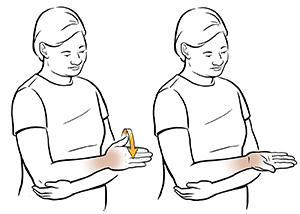
- This exercise may be performed freely or with resistance to help strengthen the muscles in the forearm.
- Hold one arm near the side with the elbow bent 90 degrees.
- Start with the hand in a palm-down position.
- Rotate the forearm gently so that the palm is facing upward.
- Hold a small dumbbell in your hand to make the motion more difficult.
- You can also do this with a resistance bend, for that tie a resistance band onto the hand and take the other end surrounding the hand.
- Rotate the forearm gently against the band’s resistance until the palm is facing upward.
Supination and pronation of the forearms:
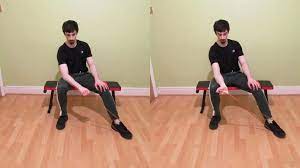
- Maintaining the elbow at the side, bend the involved arm’s elbow 90 degrees.
- Hold for 10 seconds while raising the palm.
- Then hold for 10 seconds while gently lowering the palm.
- At the time of the exercise, be sure to keep the elbow at the side and bent 90 degrees.
Eccentric wrist supination
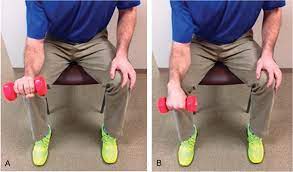
- The supinators of the wrist may be strengthened with this exercise.
- Begin by holding one end of a dumbbell with the palm facing upward.
- A bench, table, or thigh may be used to support the forearm.
- Hold for 5-7 seconds, and gently rotate the wrist inward (pronation).
- To back the weight to its initial position, a person may perform so with the free hand.
Half dumbbell supination
- The supinators of the wrist may be strengthened with this exercise.
- Begin by holding one end of a dumbbell with the palm facing upward.
- A bench, table, or thigh may be used to support the forearm.
- Using pronation, rotate the wrist internally until the weight is equal to the ground.
- Supinate the wrist to raise the load back up to the initial position.
Dumbell supination
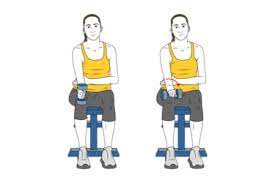
- The wrist and forearm supinators can be strengthened by performing this exercise.
- Begin by supporting the forearm against a table, bench, or thigh.
- Begin with the palms facing the floor and hold a small dumbbell from one end.
- Take a five-second tempo and gently rotate the wrist back down into the palms-up position.
- At the time the upward (concentric) phase of the motion, a person may support himself or with the other hand.
Kettlebell bottoms up
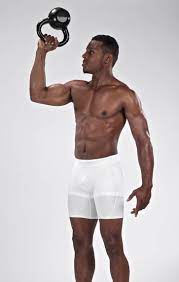
- This exercise helps to power the wrist and forearm muscles.
- Begin by supporting the forearm against a table, bench, or thigh.
- Begin with the palms facing the ground while holding a kettlebell by the handle.
- Take a five-second tempo and gently rotate the wrist back down into the palms-up position.
- At the time of the upward (concentric) phase of the motion, a person may support himself with the other hand.
Banded supination

- The supinator of the wrist may be strengthened by performing this exercise.
- Put a band in the palm starting from the thumb side and move it towards the little finger side and circle it once around the rear of the hand.
- Use the thumb to hold onto the band.
- With the hand that is not the particular target, hold the other end of the band.
- Rotate the band so that the palm is now facing upward after starting with the palm facing downward.
- To complete 10 repetitions, and further do the rotation.
Isometric wrist supination
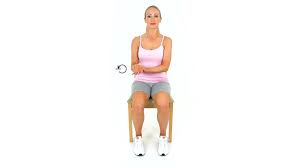
- This exercise utilizes the uneven weight dispersion of a portable weight to give opposition to this enemy of turn wrist workout.
- This exercise particularly targets wrist supinators.
- Bend the elbow to 90 degrees of flexion and place a yoga block or rolled-up towel in the middle of the body and elbow to make sure proper form.
- Holding a kettlebell’s handle for 10 to 15 seconds in a thumbs-up position is similar to holding a cup’s handle.
FAQ
Biceps brachii acts initially as an elbow flexor, and secondarily as a supinator. It is able to supinate when the elbow is bent. When the elbow is fully straight, the supinator performs the action.
Supination (or under pronation) is the opposite of pronation and tends to the outward roll of the foot at the time of normal movement. A natural amount of supination takes place at the time of the push-off phase of the running gait as the heel lifts off the ground and the forefoot and toes are used to propel the body ahead.
The term “supinator” may also tend more usually to a muscle that causes the supination of a part of the body. In older texts, the term “supinator longus” was used to tend to the brachioradialis, and “supinator brevis” was used to describe the muscle now identify as the supinator.
The most important function of the biceps brachii muscle and its proximal tendons in the shoulder is stabilization, assistance in arm abduction, and flexion and internal rotation. In the elbow joint, it performs as a flexor and as a supinator, especially at 90° elbow flexion.
The biceps brachii is the most powerful supinator of the arm. Its movement is elbow flexion and forearm supination. The supinator is a muscle that is also included in forearm supination. The triceps brachii functions to straighten the elbow.

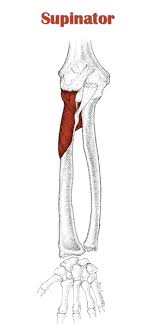
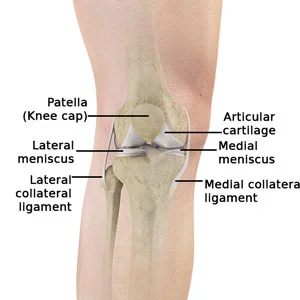

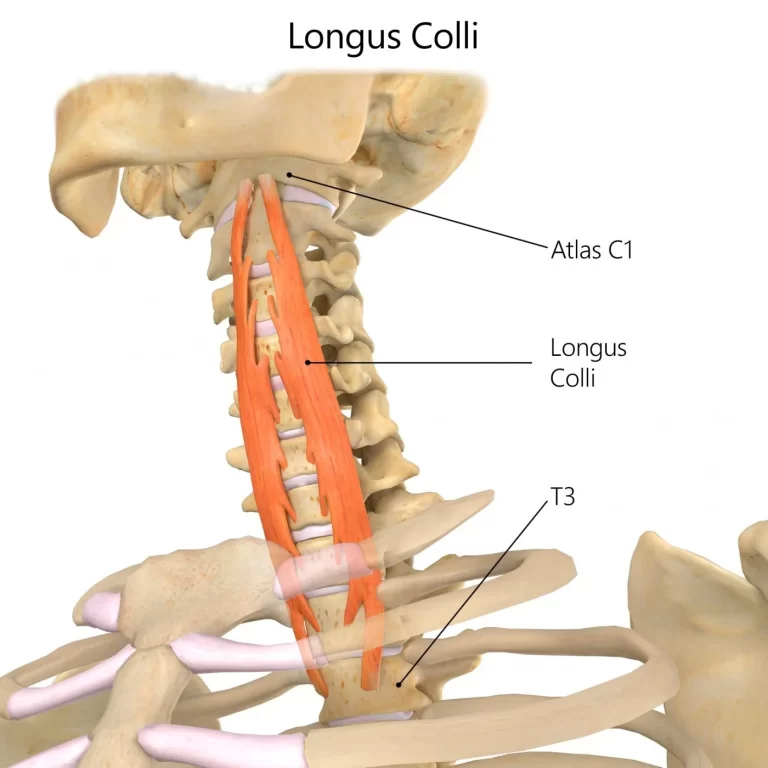
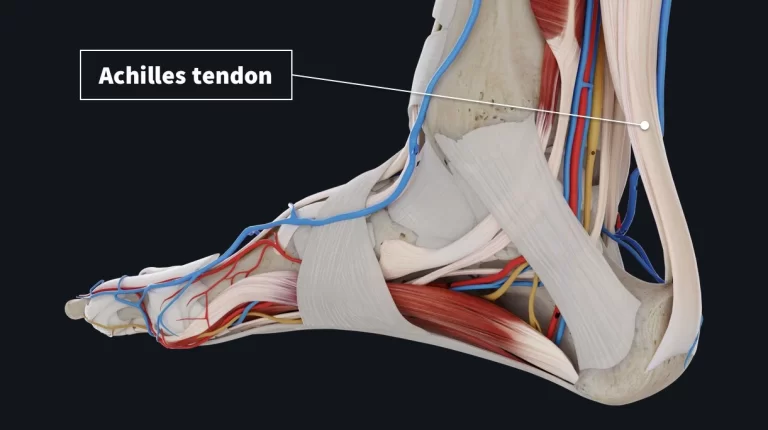
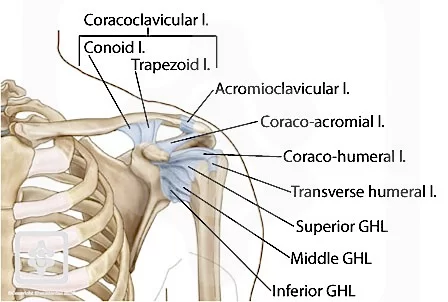

2 Comments